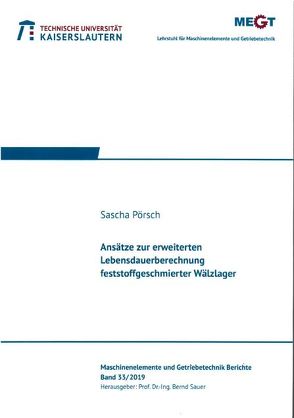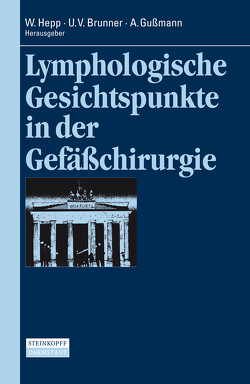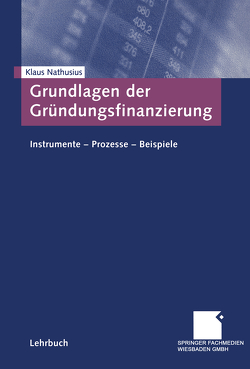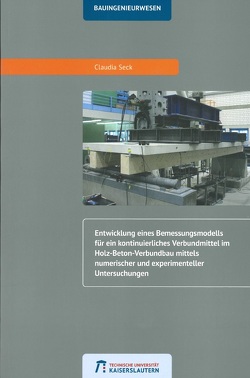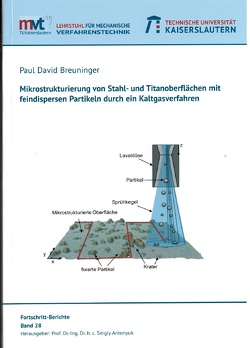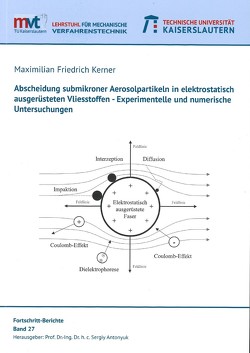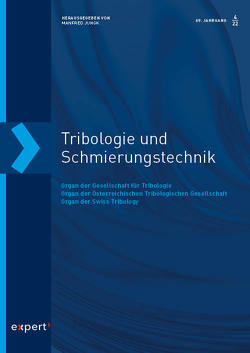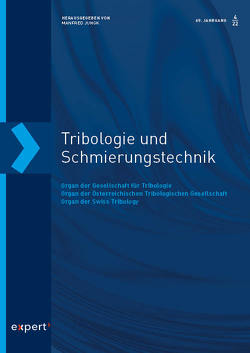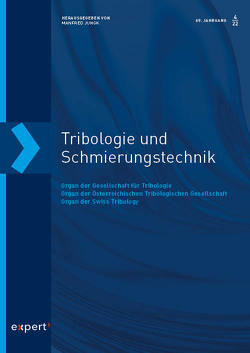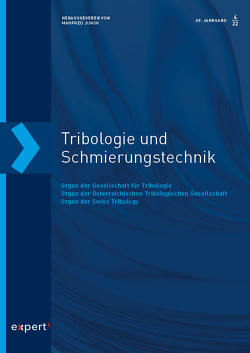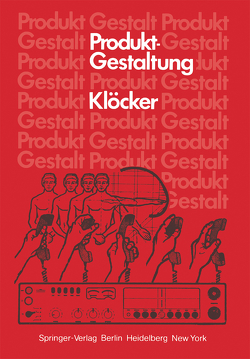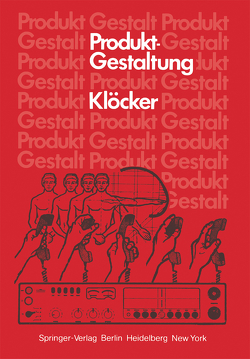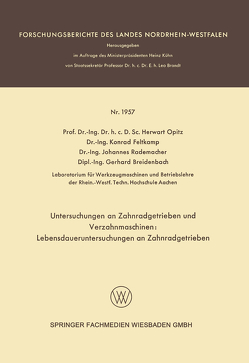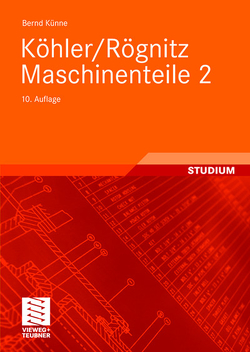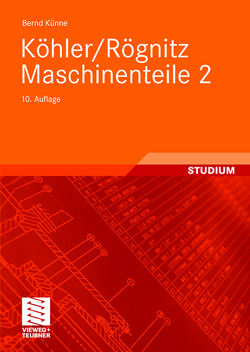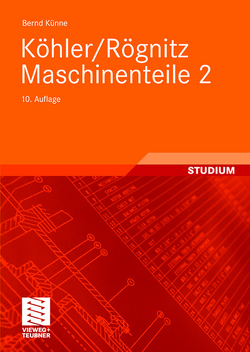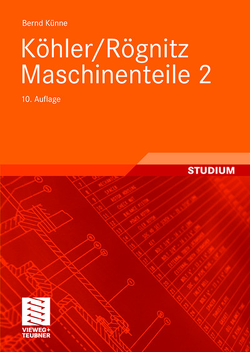Ansätze zur erweiterten Lebensdauerberechnung feststoffgeschmierter Wälzlager
Sascha Pörsch
Abstract
Rolling bearings are increasingly used in special environmental conditions such as
vacuum, particularly high or low temperatures, in radiant environments or in contact
with aggressive media, and therefore cannot be operated with conventional lubricants
such as oil or grease. Instead, solid lubricated rolling bearings are used, which are
initially lubricated by coating the raceways or rolling elements and whose lubrication
receives an additional lubricant source through the use of the rolling bearing cage as a
lubricant reservoir. The lubricant stored in the cage is released and transferred to the
rolling elements and raceways as a result of wear caused by the contact with the rolling
element. This transfer lubrication has demonstrably increased the service life many
times over. However, the exact transfer processes within the bearings are still unknown,
which makes it difficult to calculate the bearings service life. The only possibility of
predicting the service life of such transfer-lubricated rolling bearings is left to the
experiment alone.
In the present work, tribological model tests as well as component tests were carried
out to visualize the wear and transfer processes in the bearings. With the help of
modern surface analysis techniques, t he lubricant wear and lubricant transport were
examined in detail on a microscopic level. The newly acquired knowledge is
incorporated into an approach for an extended service life calculation of solid lubricated
bearings, which will be presented at t he end of this paper.
